
Pre-reading activity: Pair off these words correctly
Two Ways to a Common Goal
Political change can take a long time. Sometimes it is so slow in coming that those who stand to gain from such change decide to help expedite the process of political decision-making. One hundred years after the Emancipation Act of 1863, African Americans in the US, especially in the South, were still at the receiving-end of gross racial injustice. A “separate but equal” doctrine was enforced in 1896-97, when the Supreme Court ruled that segregation was not discrimination. Some Southern states followed up by passing legislation that prohibited most African Americans from voting. African Americans were not only economically and politically oppressed, but were also often subject to race-induced violence.
In 1954, the “separate but equal” doctrine received its death blow in the Brown v. Board of Education case of 1954: “…We conclude that, in the field of public education, the doctrine of 'separate but equal' has no place. Separate educational facilities are inherently unequal…” This legislation was, however, very vague as to when it should be enforced. And by now, Black Americans were tired of waiting. The next decade would see the emergence of two different approaches to gaining civil rights for all: a non-violent and a violent approach.
The Civil Rights Movement: the Non-Violent Approach
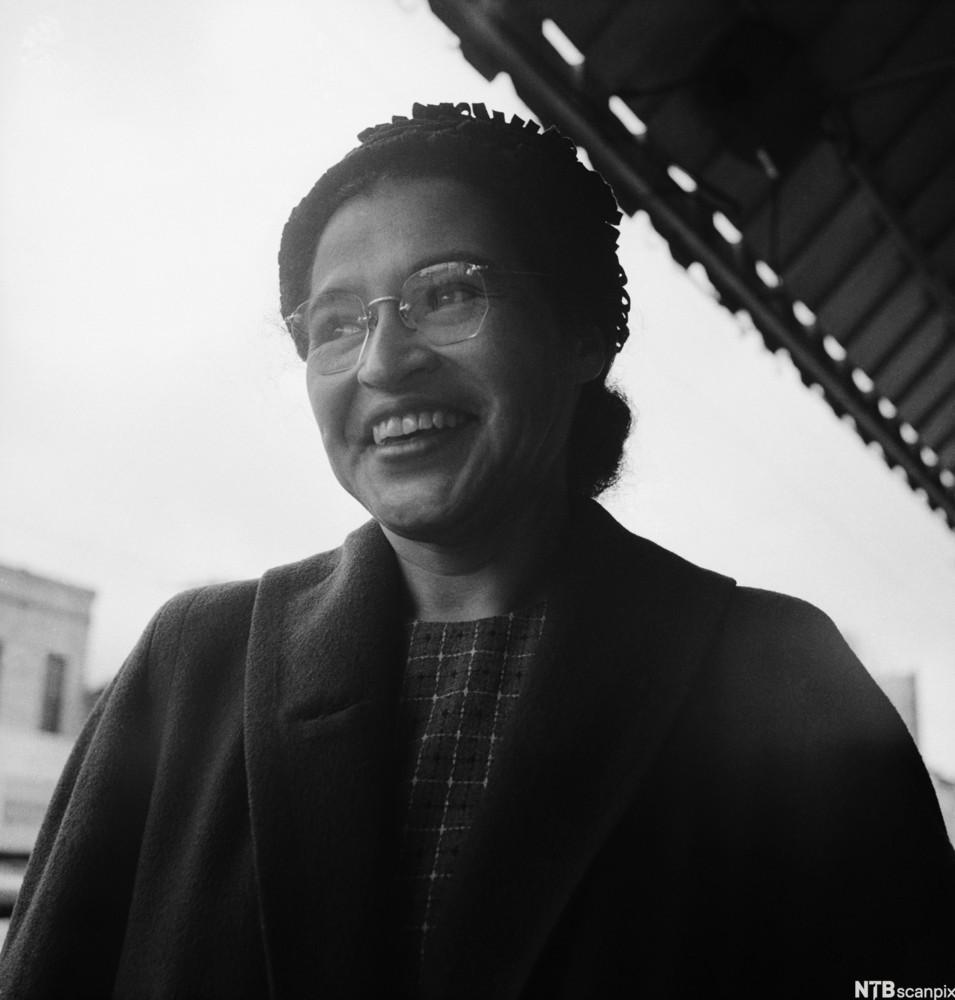
In the 1950s and 1960s, most of the African American population was concentrated in the South; thus it was in these states that racial inequality was most blatant. Since Brown v. Board of Education of 1954 did not stipulate any time limit, educational segregation existed well into the 1960s. This represented an almost insurmountable obstacle to economic opportunity for African Americans – and young African Americans were impatient for change.
African Americans had struggled for civil rights ever since Emancipation, but it wasn’t until the Supreme Court decision in Brown v Board of Education, that the plight of African Americans was brought into the general public eye – not only in the U.S, but also internationally. Now the Civil Rights Movement emerged as an organized fight to secure basic rights and privileges for all U.S. citizens. It turned into a mass popular movement, including both African Americans and Whites; it encompassed a wide range of small, local groups and nation-wide organizations like the NAACP (National Association for the Advancement of Colored People), CORE (Congress of Racial Equality), the SNCC (Student Nonviolent Coordinating Committee) and the SCLC (Southern Christian Leadership Conference).

With its roots in religion and its meeting places very often in the Black churches of the South, the Civil Rights Movement was a non-violent movement, employing non-violent protest and civil disobedience to achieve their goals. One of the most prominent leaders of the Civil Rights Movement was the Reverend Martin Luther King Jr., who was inspired by Gandhi’s non-violent struggle to gain independence for the Indian people under British rule. An early example of this peaceful form of protest was the Montgomery Bus Boycott in 1956 - a direct reaction to the arrest of Rosa Parks for refusing to give up her seat on the bus to a white person.
The SNCC came into being as a result of the Greensboro sit-ins in North Carolina in 1960, when a group of African American students sat down in the restaurant at their local Woolworth’s and asked to be served. They were refused and asked to leave, but they remained seated until the restaurant closed. This action led to 54 similar sit-ins all over the South.
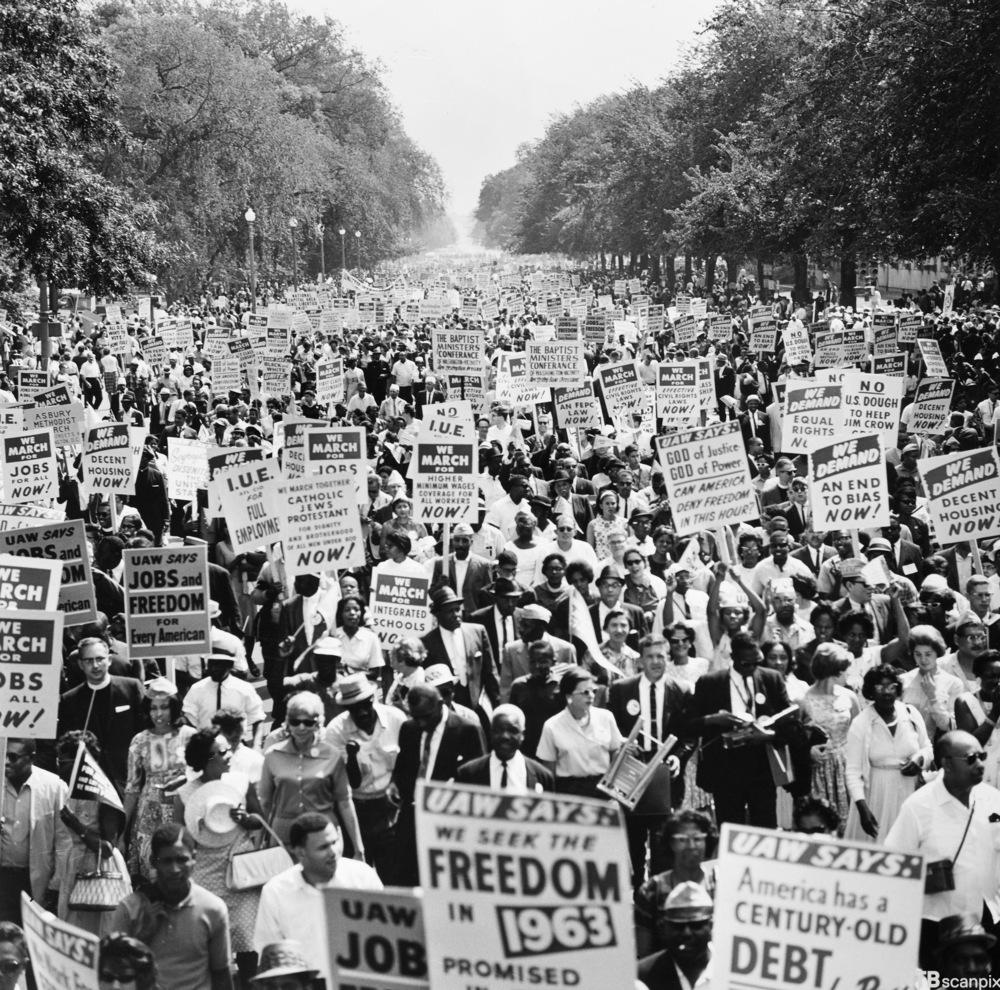
The Freedom Rides of 1961 were a protest against the fact that segregation of public transportation was still the rule despite its being declared unconstitutional the year before. Seven Blacks and six Whites boarded buses in Washington D.C. that were headed for the segregated areas of the South. They were met with severe violence and even jail sentences. But their actions inspired new freedom rides at train stations, airports and other bus stations across the South.
In 1963, Martin Luther King Jr. and the SCLC organized a massive rally in Birmingham, Alabama, including boycotts, sit-ins and a march of over a thousand high school students – called the “Children’s Crusade.” The non-violent movement reached its peak later that summer, when the SCLC, NAACP, SNCC and CORE joined forces and organized the March on Washington. The goal was to influence Congress to pass President Kennedy’s Civil Rights Bill. More than 200 000 people, both Black and White, gathered peacefully at the Lincoln Memorial, where King gave his legendary “I Have a Dream” speech.
The Black Power Movement: The Violent Approach
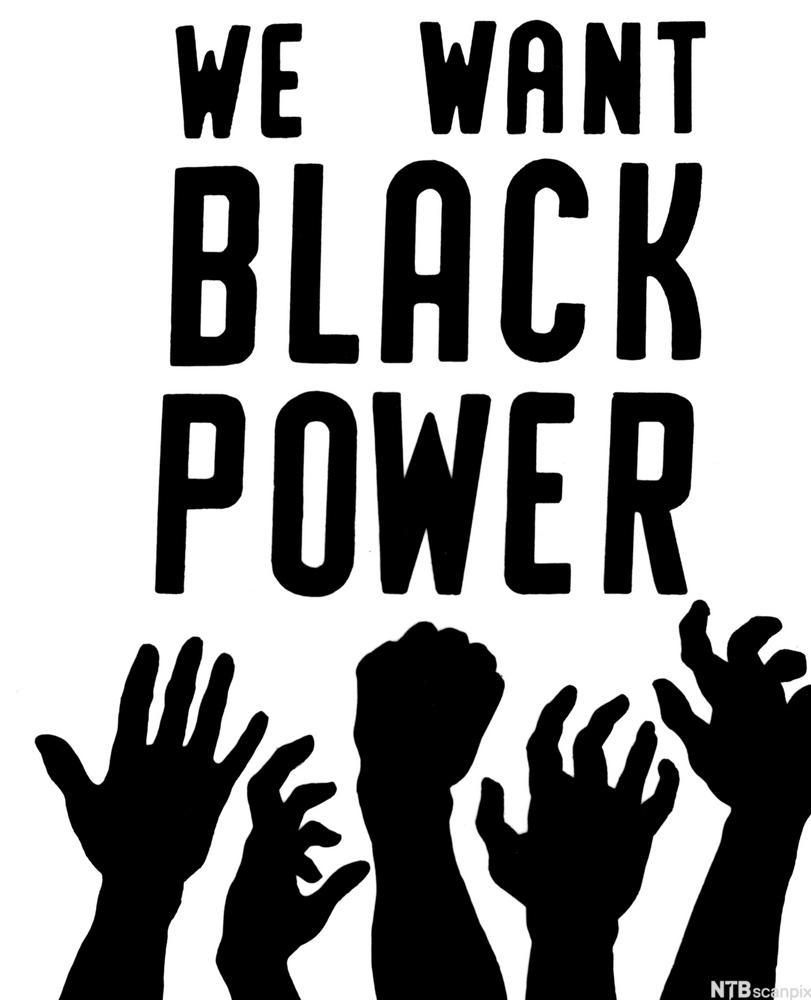
While non-violence helped bring about such important legislation as the Civil Rights Act of 1964 and the Voting Rights Act of 1965, many activists were becoming increasingly discontented with the slow pace of progress. Like the activists of the Civil Rights Movement, their goal was complete racial equality. The main difference between the two movements was that supporters of Black Power were prepared to use violent methods to achieve these goals.
Proponents of the Black Power Movement did not constitute a homogenous group. They divided themselves into two main groups: the pluralists and the nationalists. Those who believed in integration and that it was possible for all races to live together peacefully were called pluralists. The nationalists, however, believed that the dominant White culture was bound to oppress Black culture, therefore, they wanted to withdraw from American society and develop their own society. Some thought it would be a good idea to do this in Africa. Others hoped for a separate black nation within the USA. The man who popularized the term “black power,” Stokely Carmichael, started out as a pluralist, but eventually became a nationalist.
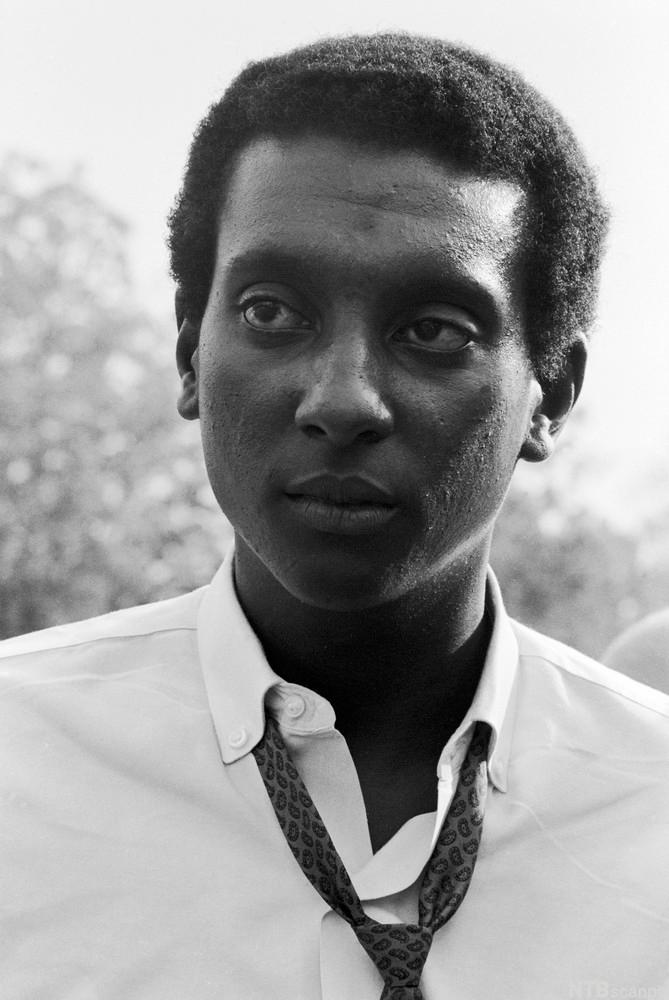
Part of the foundation for Black Power had already been laid in the first half of the 1960s, when Malcolm X preached black supremacy and black separatism. The idea behind this was that it was impossible for Blacks to advance in a society dominated by a white majority. Therefore, Blacks should have their own institutions, run by Blacks. “You don’t have a peaceful revolution. You don’t have a turn the cheek revolution. There’s no such thing as a non-violent revolution.(1963)” This remained his view until the last year of his life, when he returned home after a pilgrimage to Mecca with a more trusting attitude toward the White Americans who were fighting for civil rights. Malcolm X worked not only to change legislation, but also to instill African Americans with a pride in their heritage – hence the expression “’Black is beautiful”. He was assassinated in 1965.
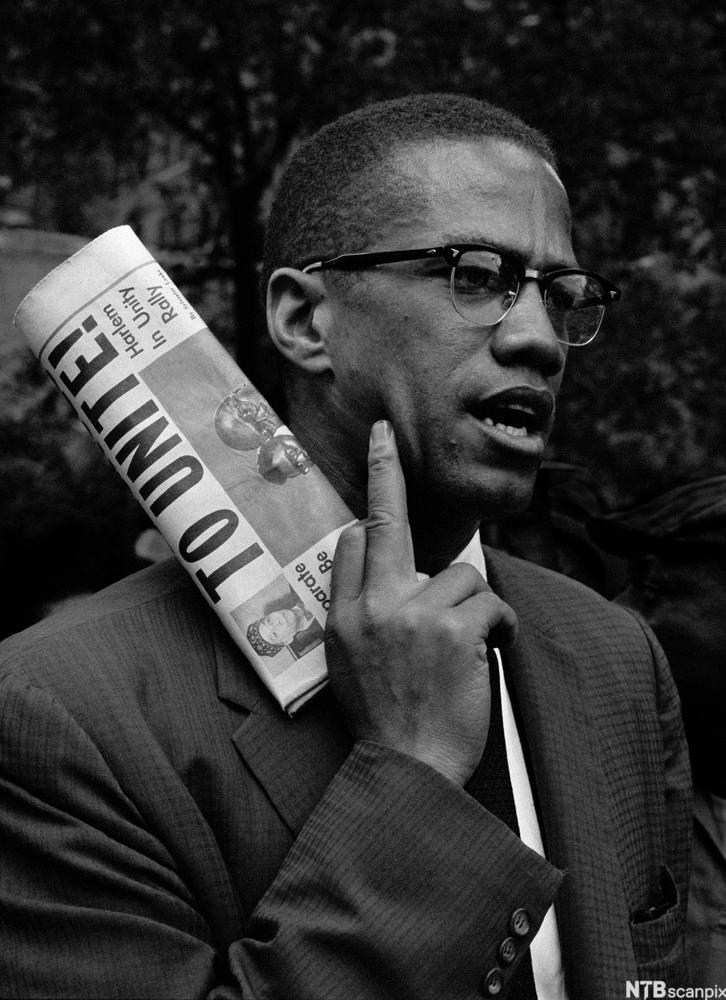
A year later, Bobby Seale and Huey P. Newton formed the Black Panther Party, which became one of the most influential groups of the Black Power Movement. They claimed that the non-violent movement had failed, and that only a socialist revolution could bring about real change. The Ten Point Plan listed their demands; and they were ready to employ violent means to achieve these demands. Working towards better conditions for African Americans, the Black Panthers also instigated a number of successful “survival programs” throughout the country. Still, the FBI considered the BPP a great threat to security. Neither did they gain much support from the American public. At its peak, in 1967, there were about 10 000 members; by 1980 there were only 27. Nevertheless, they kept the struggle for civil rights alive and in the public eye. This, in turn, worked towards developing more understanding between the races.